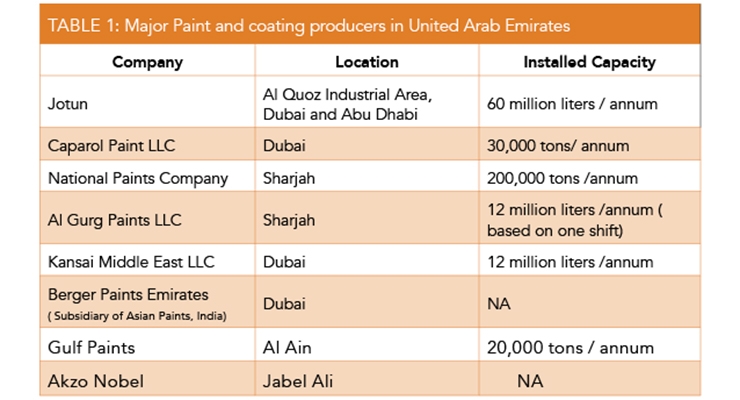Elements To Take Into Consideration For Business Outside Paint By Season: Important Info You Should Have
Elements To Take Into Consideration For Business Outside Paint By Season: Important Info You Should Have
Blog Article
Material Created By-Burnham Skafte
When you're intending a business external painting task, seasonal elements can make or damage your outcomes. You'll wish to consider how temperature and moisture impact paint application and drying times. Selecting the right season can guarantee your paint adheres properly and lasts much longer. However which https://bestlifeonline.com/home-value-upgrades/ are absolutely the best for this kind of job? Let's explore the key elements that can impact your job's success.
The Impact of Temperature on Paint Application
When you're intending a business external paint project, the temperature can considerably affect how well the paint sticks and dries.
Preferably, you wish to paint when temperature levels range in between 50 ° F and 85 ° F. If it's as well cold, the paint may not heal appropriately, bring about issues like peeling off or splitting.
On the flip side, if it's also hot, the paint can dry too swiftly, protecting against appropriate adhesion and resulting in an unequal surface.
https://exteriorpaintersnearme76655.worldblogged.com/41666830/residential-painters-increase-your-home-s-visual-charm-with-specialist-workmanship ought to additionally consider the moment of day; early morning or late afternoon offers cooler temperature levels, which can be a lot more favorable.
Always examine the supplier's referrals for the certain paint you're making use of, as they commonly provide assistance on the perfect temperature variety for optimum results.
Humidity and Its Result on Drying Times
Temperature level isn't the only ecological factor that affects your business external paint job; moisture plays a significant function also. High moisture levels can reduce drying times significantly, influencing the total high quality of your paint task.
When the air is saturated with moisture, the paint takes longer to cure, which can result in concerns like inadequate attachment and a greater danger of mildew growth. If you're painting on a particularly damp day, be planned for extended delay times in between coats.
It's essential to keep track of neighborhood climate condition and plan as necessary. Preferably, aim for humidity levels in between 40% and 70% for ideal drying out.
Maintaining these factors in mind ensures your project remains on track and supplies a long-term surface.
Best Seasons for Commercial Exterior Painting Projects
What's the most effective time of year for your business external paint projects?
Springtime and early loss are usually your best options. Throughout these seasons, temperature levels are moderate, and humidity levels are commonly lower, creating suitable problems for paint application and drying.
Prevent summertime's intense heat, which can trigger paint to completely dry also rapidly, leading to poor adhesion and finish. Similarly, winter season's cold temperatures can prevent proper drying and healing, risking the longevity of your paint job.
Go for days with temperature levels between 50 ° F and 85 ° F for optimum outcomes. Keep in mind to inspect the regional weather report for rainfall, as damp conditions can ruin your task.
Planning around these variables ensures your paint job runs smoothly and lasts longer.
Final thought
To conclude, intending your industrial external painting tasks around seasonal factors to consider can make a significant difference in the outcome. By scheduling work during the suitable temperature levels and moisture degrees, you'll make sure much better attachment and drying out times. Remember to watch on neighborhood weather report and pick the correct time of year-- spring and early autumn are your best options. Taking these steps will certainly assist you achieve a sturdy and expert surface that lasts.
